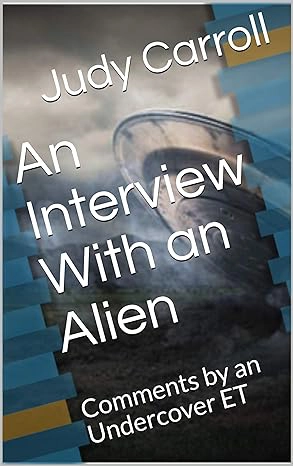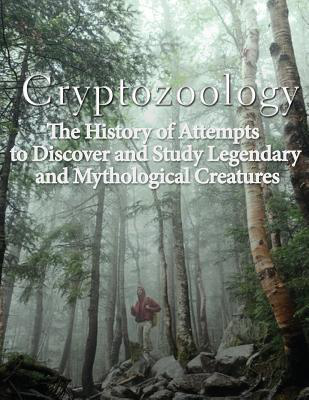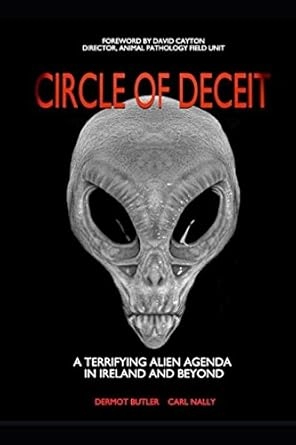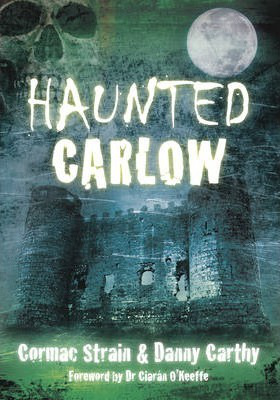Face of ‘Vampire’ Woman Reconstructed by Scientists
Mythology/Folklore/History
Thursday 31st, October 2024
3 minute read.
The face of a 17th century woman, suspected at the time of being a vampire and buried with restraints to prevent her from rising from the dead, has been reconstructed by scientists. The woman, known locally as Zosia, was discovered in 2022 in an unmarked cemetery in Pien, northern Poland. She had been buried with an iron sickle placed across her neck and a padlock attached at her foot measures taken to prevent her return from the grave.
A team of archaeologists from Nicolaus Copernicus University in Poland unearthed Zosia’s remains, along with several other bodies buried under similar conditions. Another discovery included that of a child, referred to as a “vampire” child, who had been buried face down with a padlock also placed by the foot. Experts say these burial methods, which included certain types of wood and iron implements, were thought to have magical properties that could stop the dead from rising and spreading evil.
Using advanced techniques, scientists have painstakingly reconstructed Zosia’s face. They began by creating a 3D printed replica of her skull, layering plasticine clay to form a life like visage. Factors such as bone structure, age, gender, ethnicity, and weight were all taken into account to approximate the depth and shape of her facial features.
Oscar Nilsson, an archaeologist involved in the reconstruction, commented on the process, “It’s really ironic, in a way. These people burying her, they did everything they could in order to prevent her from coming back from the dead. We have done everything we can in order to bring her back to life”.
Analysis of Zosia’s skeleton indicates that she was around 18 to 20 years old when she died. She appeared to suffer from a medical condition that would have caused fainting spells, intense headaches, and possibly mental health issues. Such symptoms may have contributed to the villagers’ belief that she was a supernatural threat, given the era's widespread fear of vampires and other monsters.
The 17th century in Europe was a turbulent period, marked by wars and a strong belief in supernatural phenomena. People were deeply fearful of creatures like vampires, and this anxiety influenced how some individuals, particularly those with unusual behaviours or medical conditions, were treated after death.
Despite little known information about her life, it is believed that Zosia may have come from a wealthy or noble family. This is inferred from the condition of her burial and the care taken with her entombment. Mr Nilsson explained the emotional aspect of his work, “It’s emotional to watch a face coming back from the dead, especially when you know the story about this young girl. We wanted to bring Zosia back as a human, and not as this monster that she is buried as”.
Through this meticulous reconstruction, Zosia has been given a new chance to be seen as a person rather than the object of fear and superstition she was labelled as in life and death.
A team of archaeologists from Nicolaus Copernicus University in Poland unearthed Zosia’s remains, along with several other bodies buried under similar conditions. Another discovery included that of a child, referred to as a “vampire” child, who had been buried face down with a padlock also placed by the foot. Experts say these burial methods, which included certain types of wood and iron implements, were thought to have magical properties that could stop the dead from rising and spreading evil.
Using advanced techniques, scientists have painstakingly reconstructed Zosia’s face. They began by creating a 3D printed replica of her skull, layering plasticine clay to form a life like visage. Factors such as bone structure, age, gender, ethnicity, and weight were all taken into account to approximate the depth and shape of her facial features.
Oscar Nilsson, an archaeologist involved in the reconstruction, commented on the process, “It’s really ironic, in a way. These people burying her, they did everything they could in order to prevent her from coming back from the dead. We have done everything we can in order to bring her back to life”.
Analysis of Zosia’s skeleton indicates that she was around 18 to 20 years old when she died. She appeared to suffer from a medical condition that would have caused fainting spells, intense headaches, and possibly mental health issues. Such symptoms may have contributed to the villagers’ belief that she was a supernatural threat, given the era's widespread fear of vampires and other monsters.
The 17th century in Europe was a turbulent period, marked by wars and a strong belief in supernatural phenomena. People were deeply fearful of creatures like vampires, and this anxiety influenced how some individuals, particularly those with unusual behaviours or medical conditions, were treated after death.
Despite little known information about her life, it is believed that Zosia may have come from a wealthy or noble family. This is inferred from the condition of her burial and the care taken with her entombment. Mr Nilsson explained the emotional aspect of his work, “It’s emotional to watch a face coming back from the dead, especially when you know the story about this young girl. We wanted to bring Zosia back as a human, and not as this monster that she is buried as”.
Through this meticulous reconstruction, Zosia has been given a new chance to be seen as a person rather than the object of fear and superstition she was labelled as in life and death.



